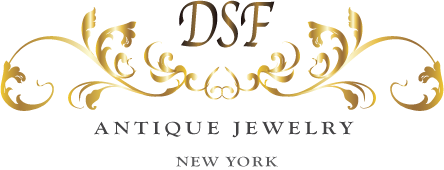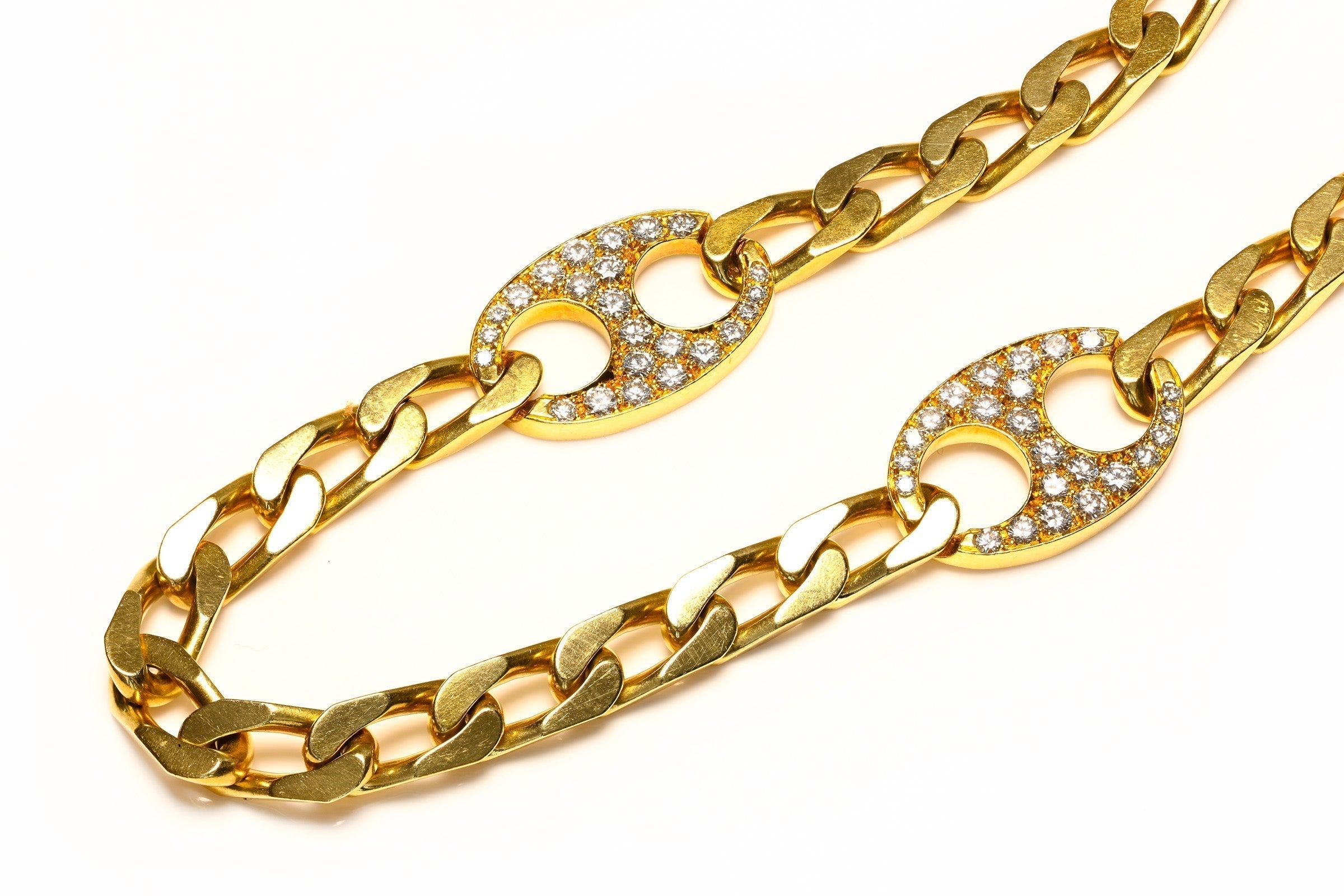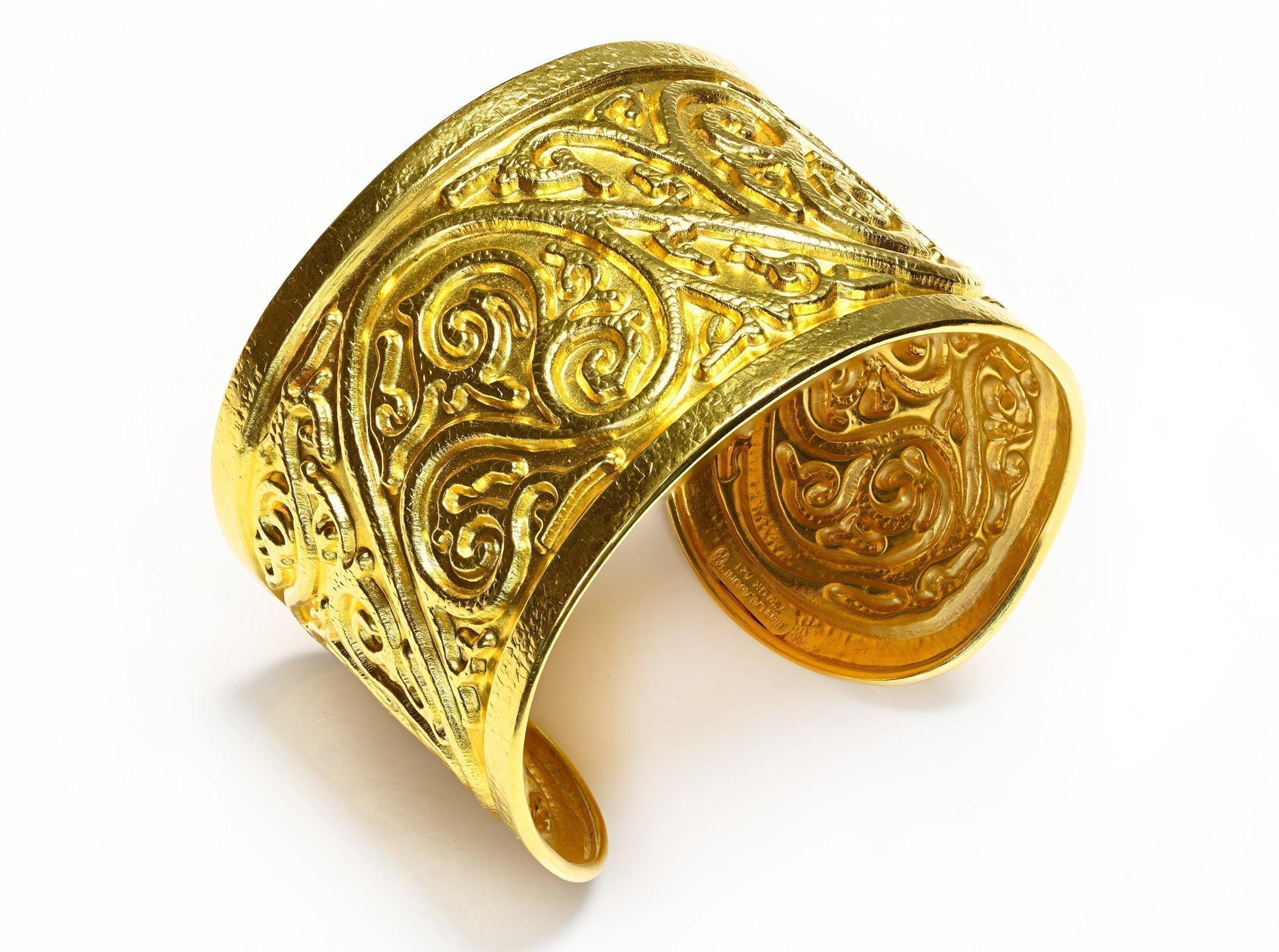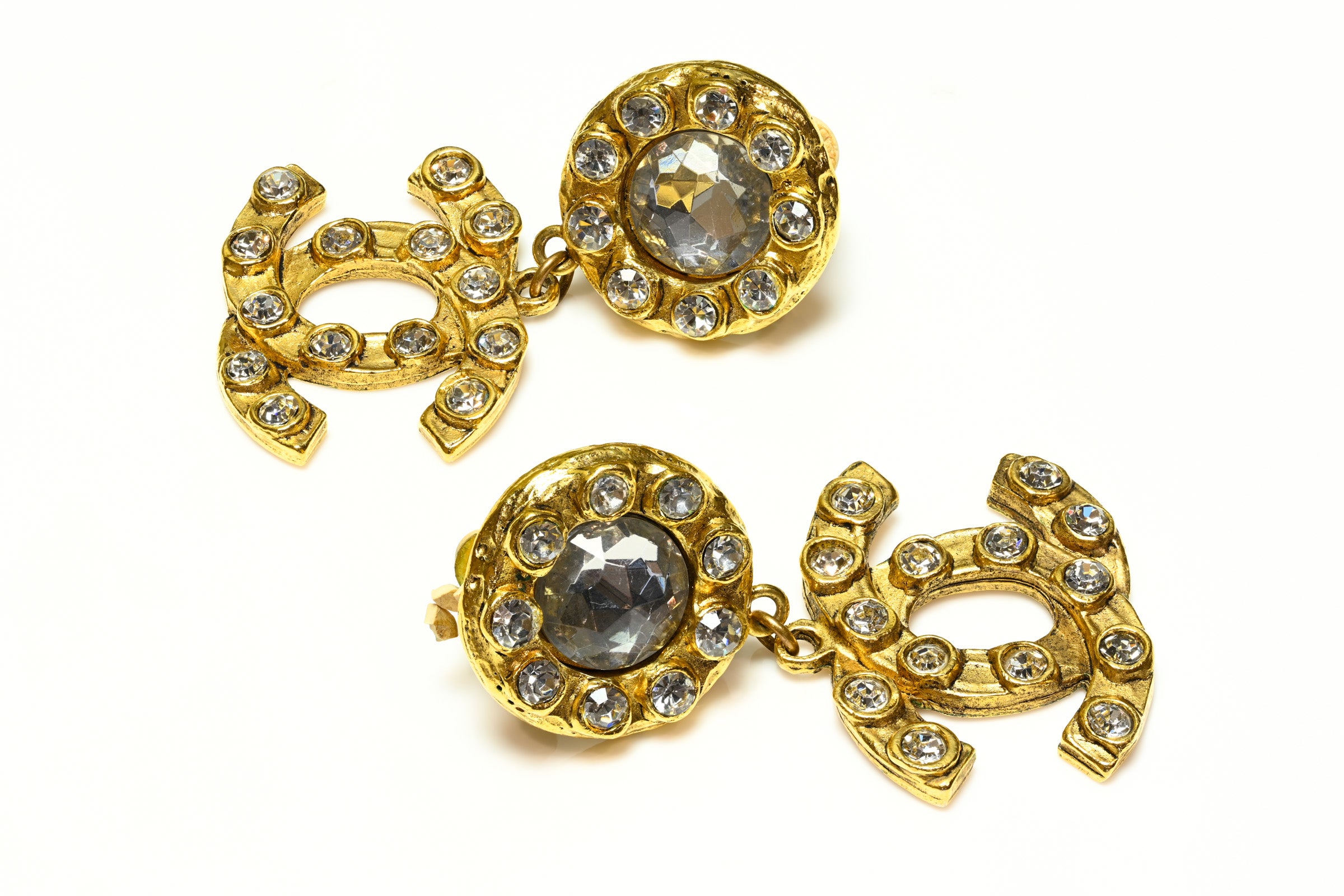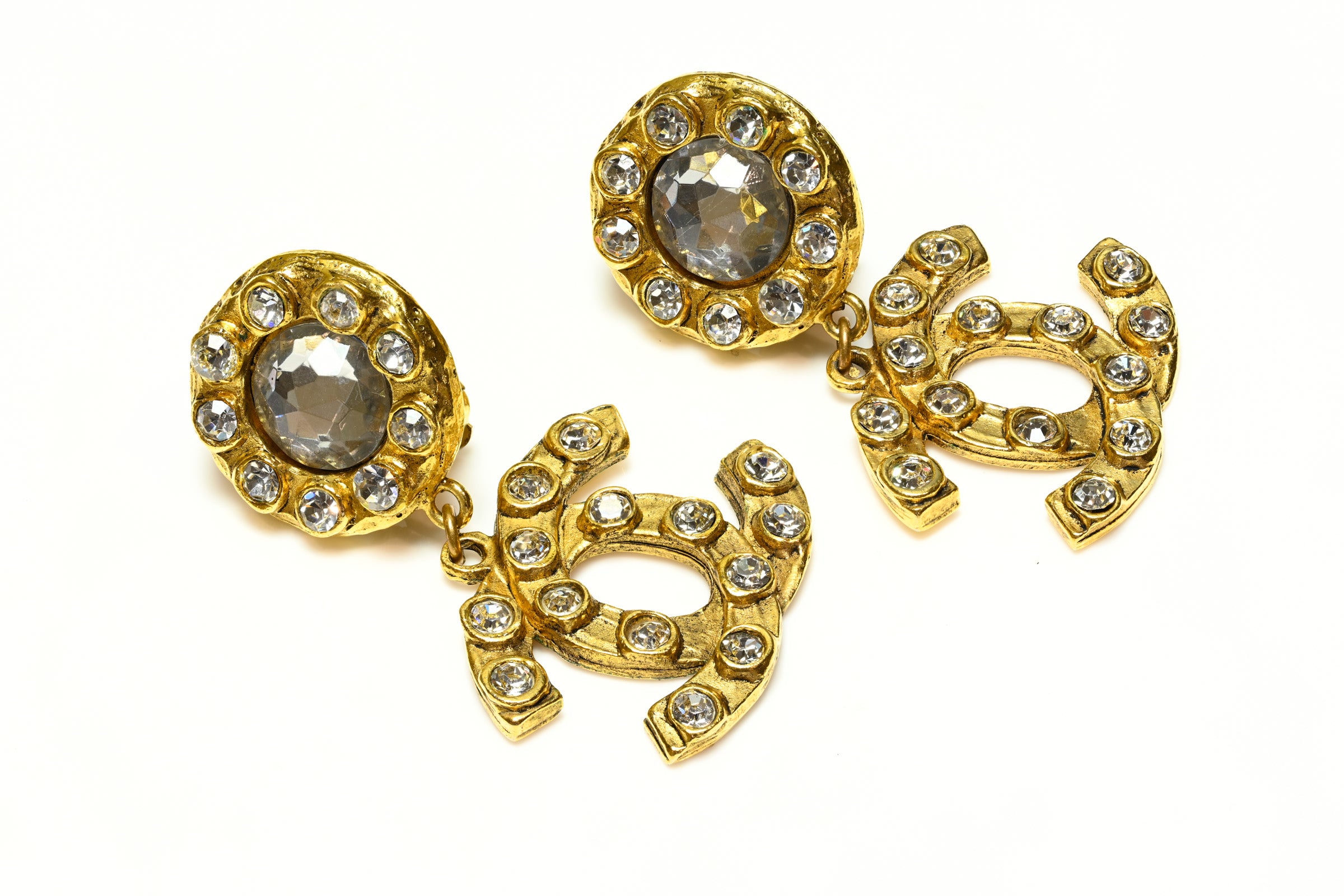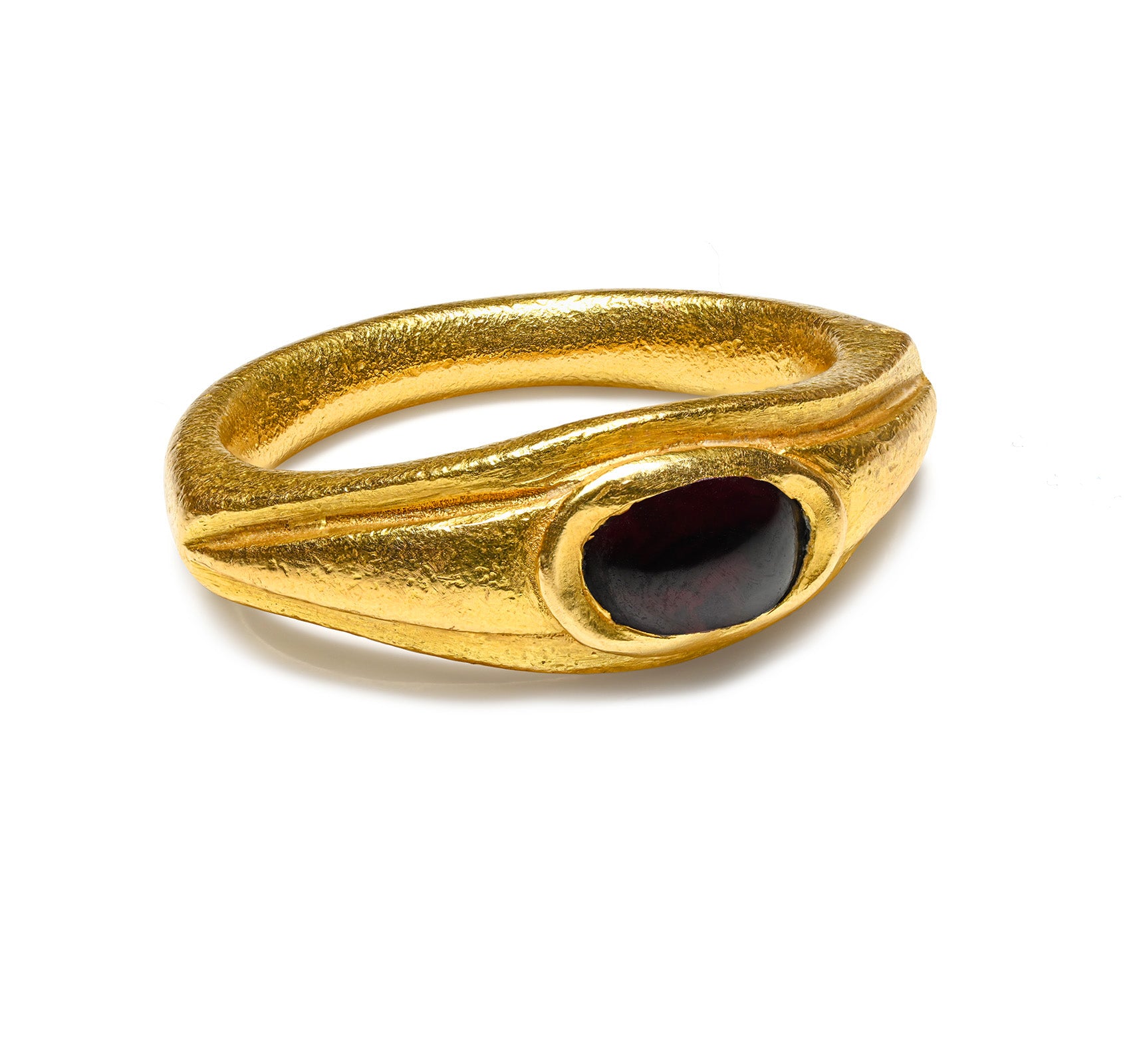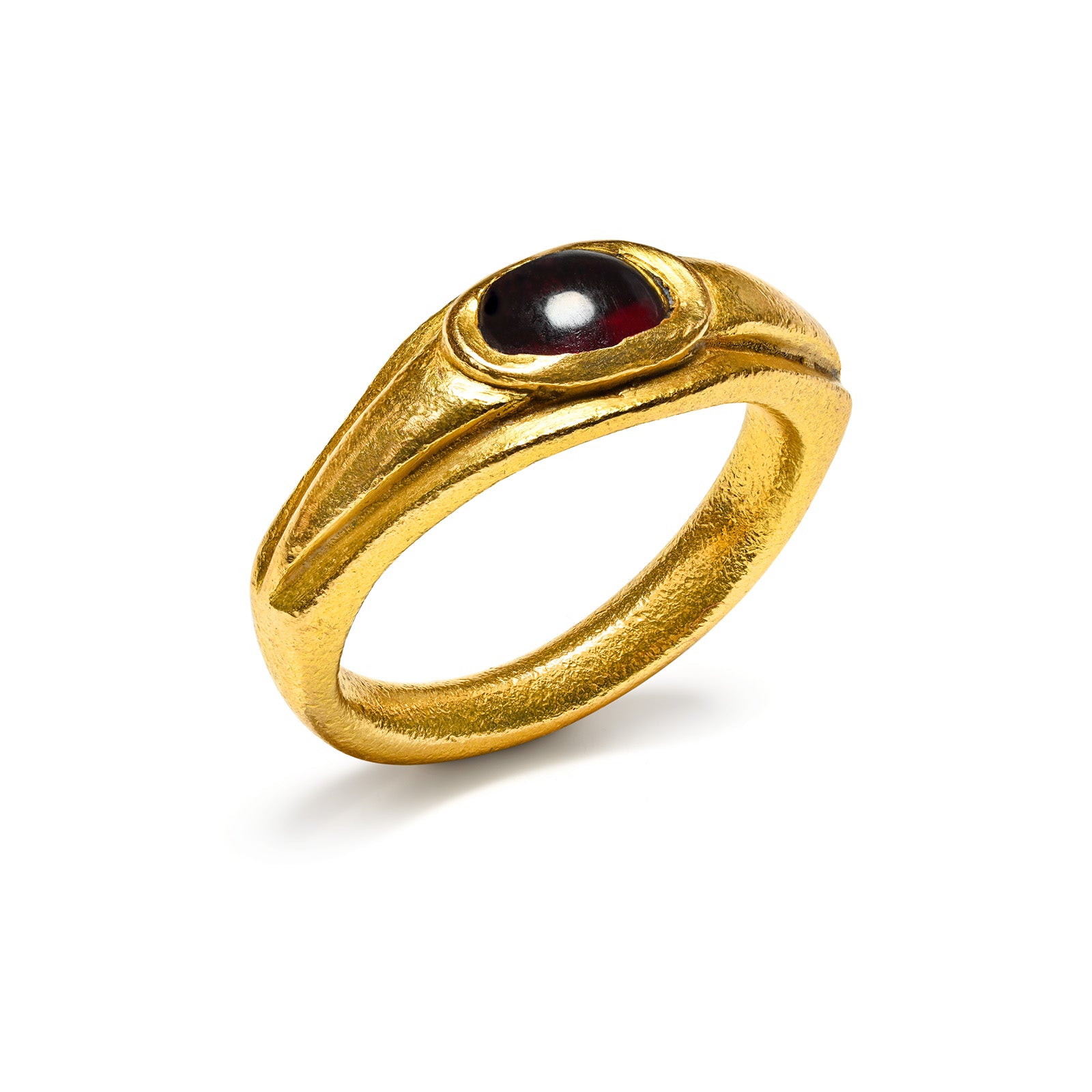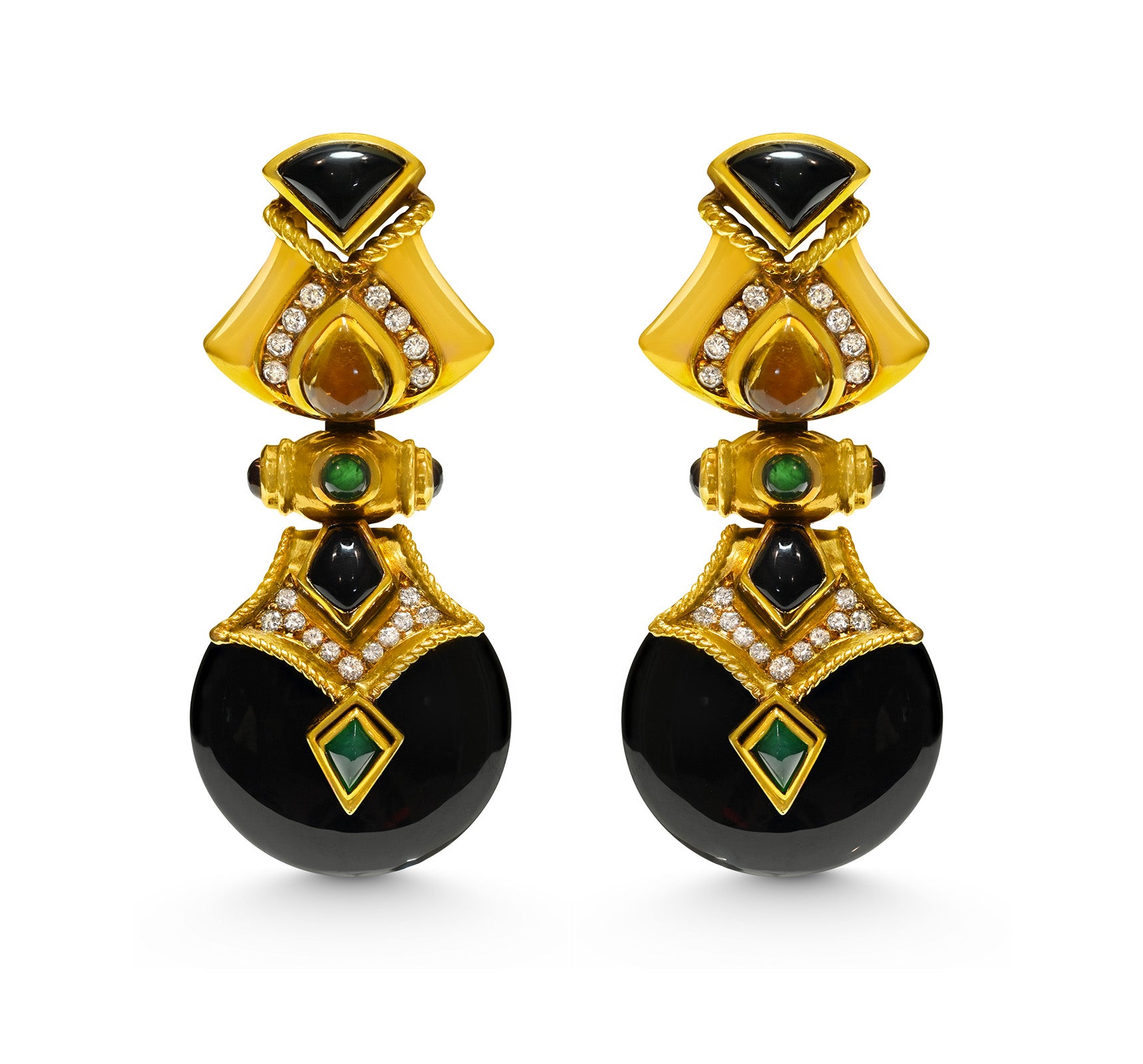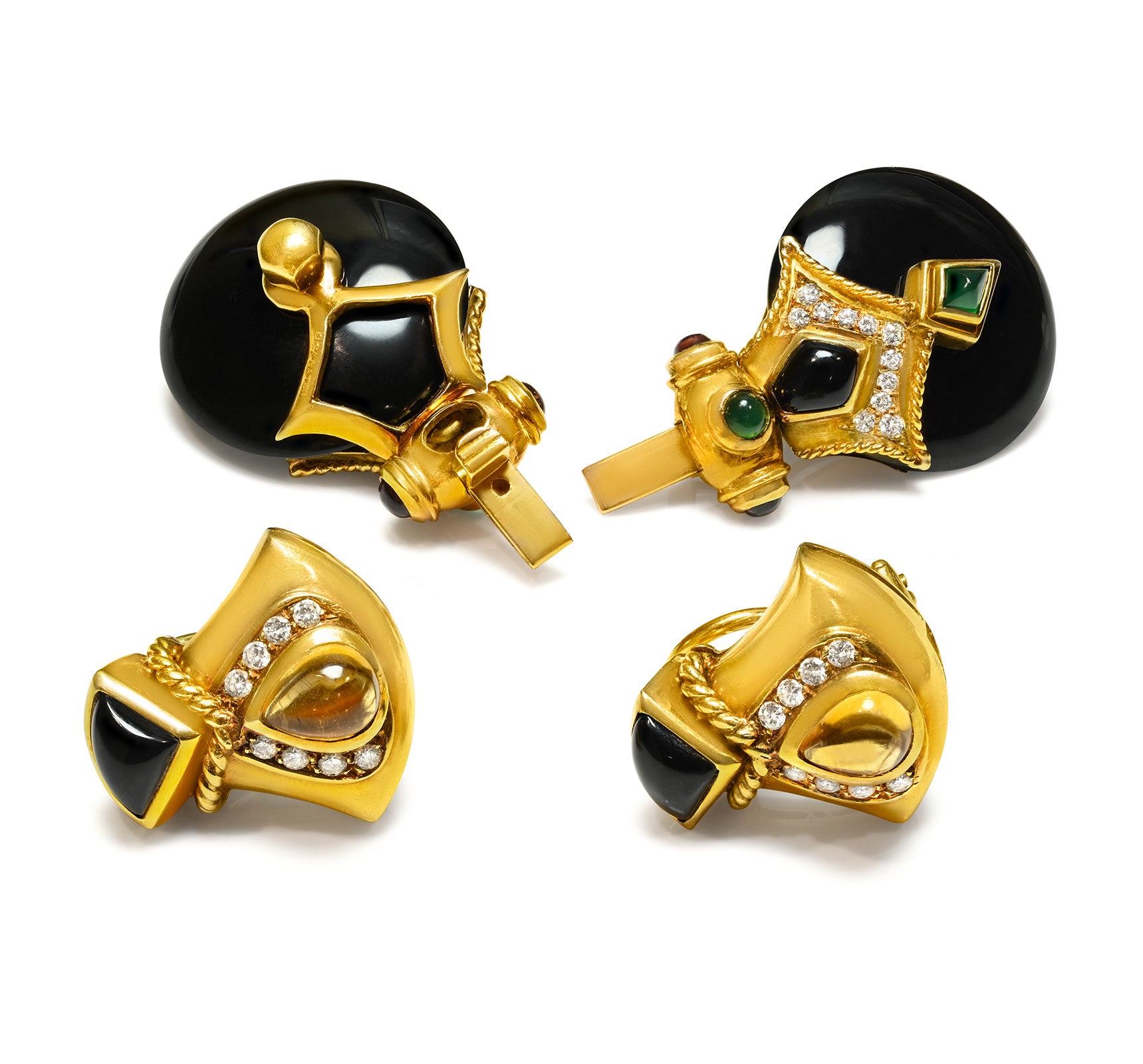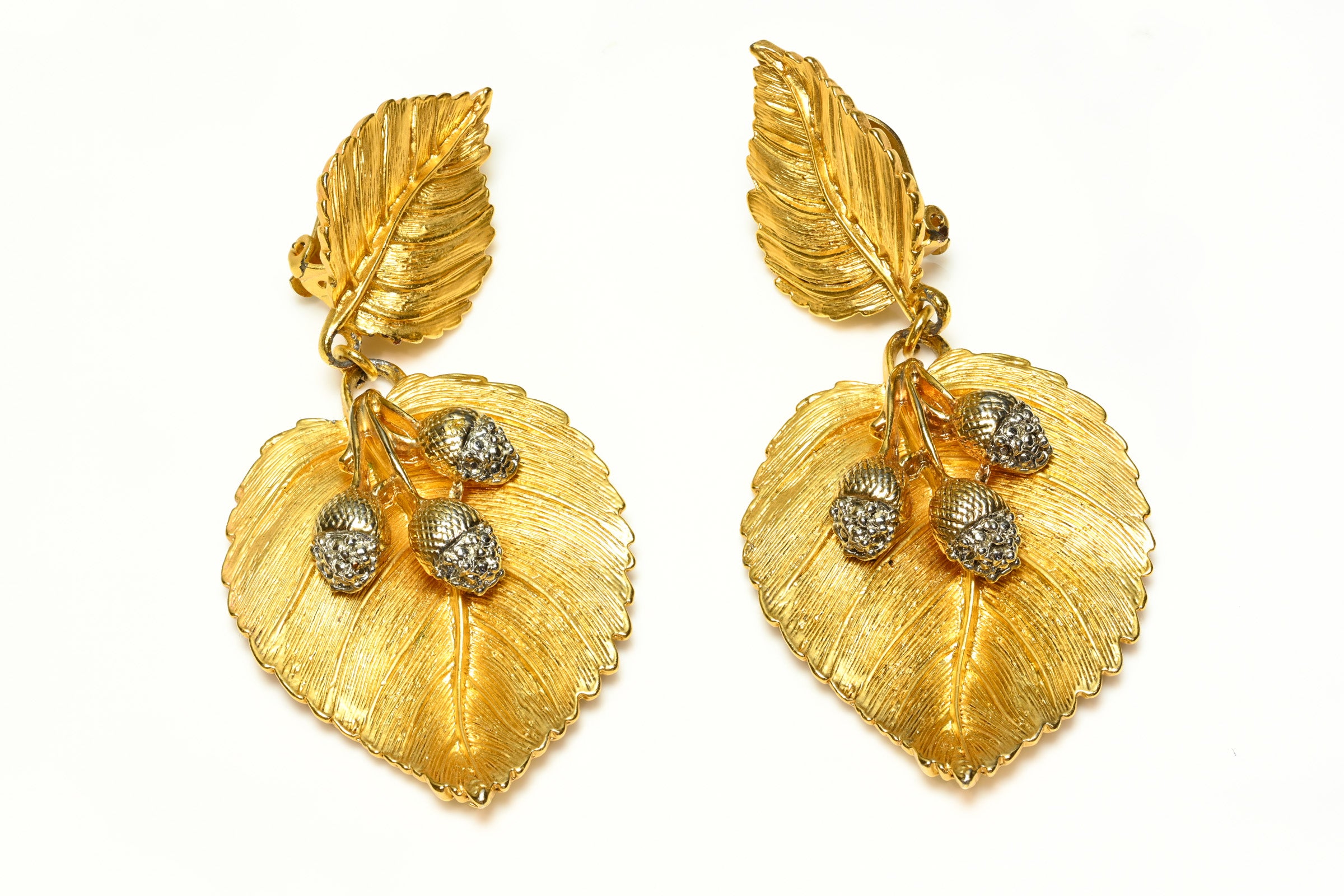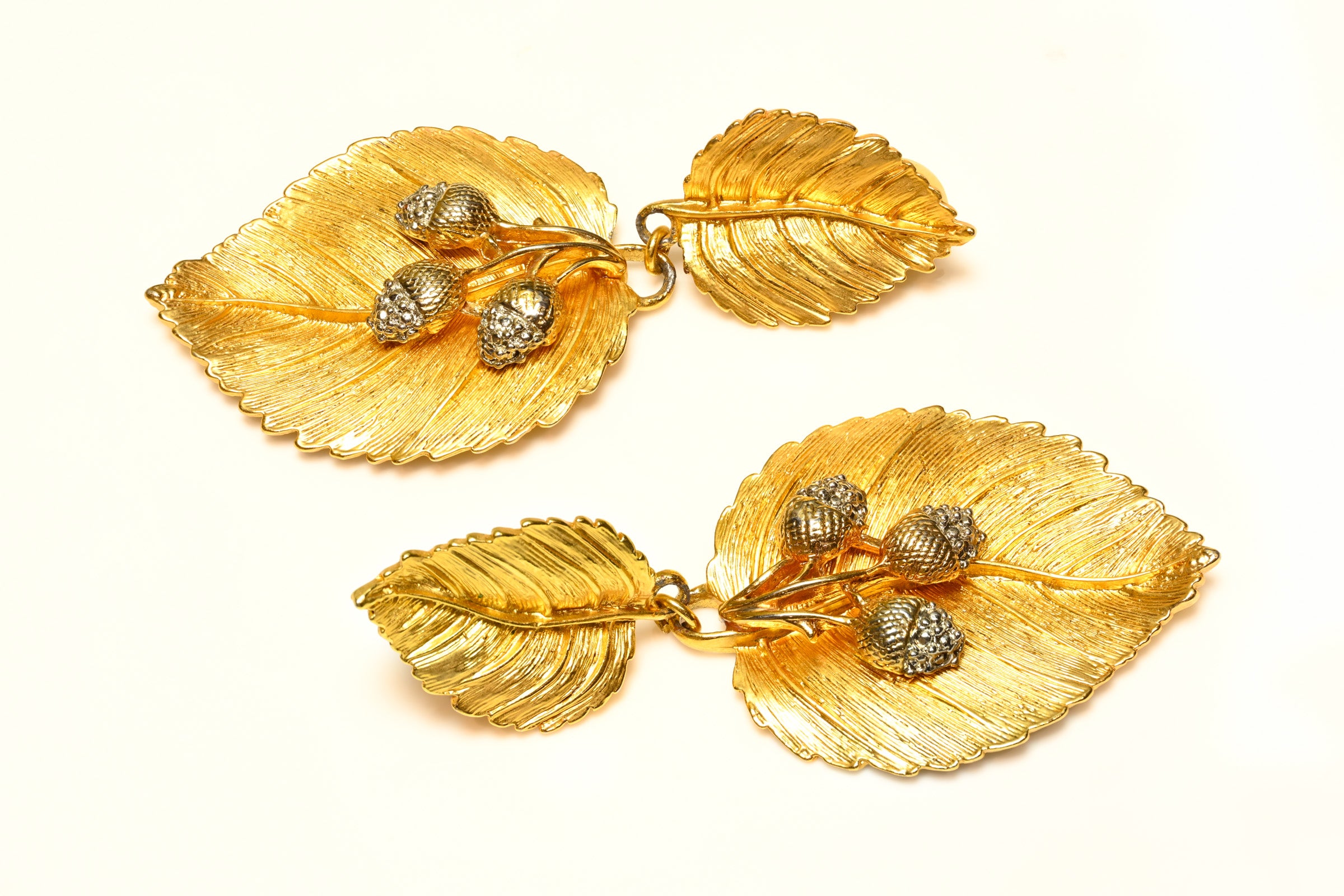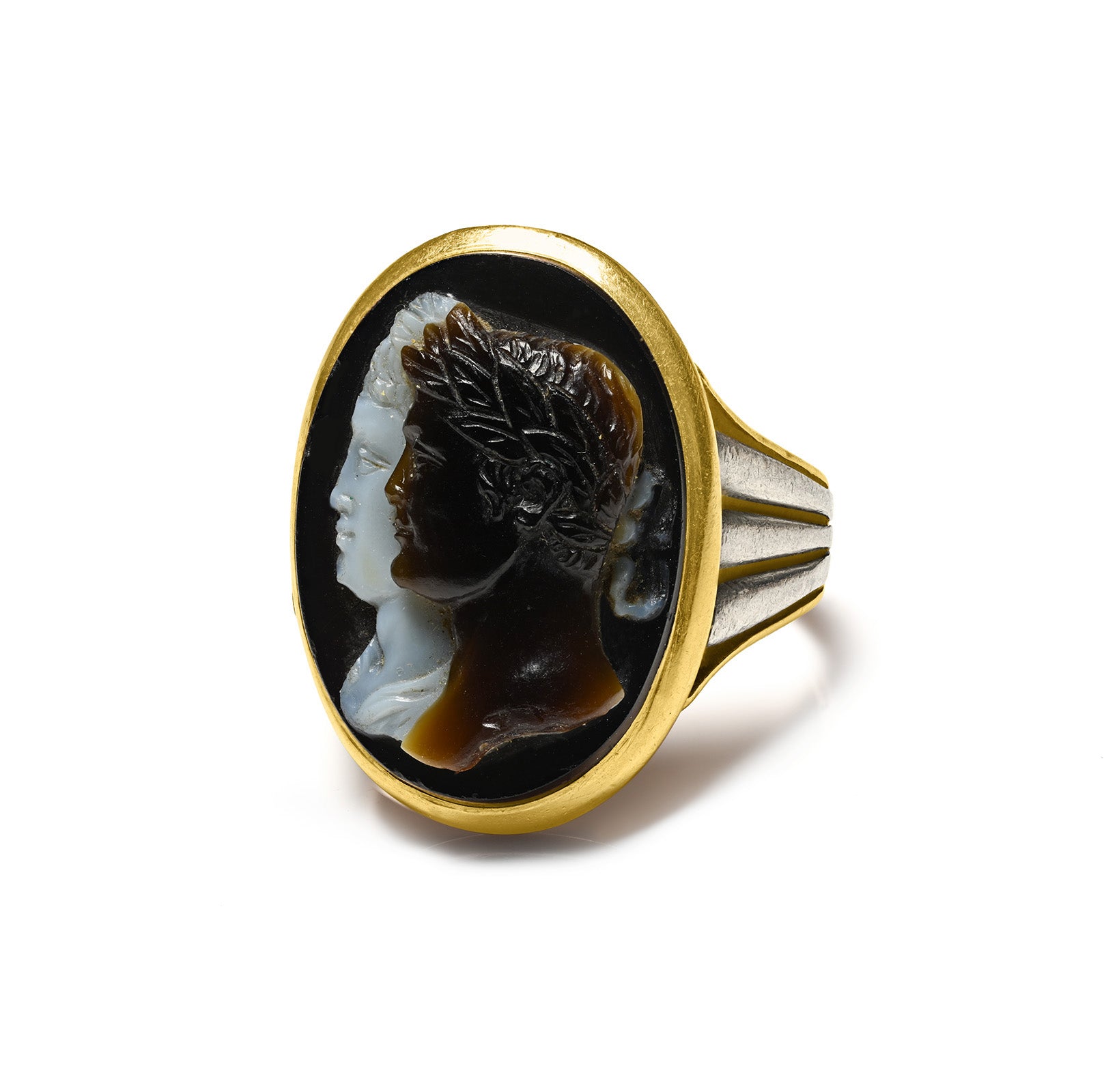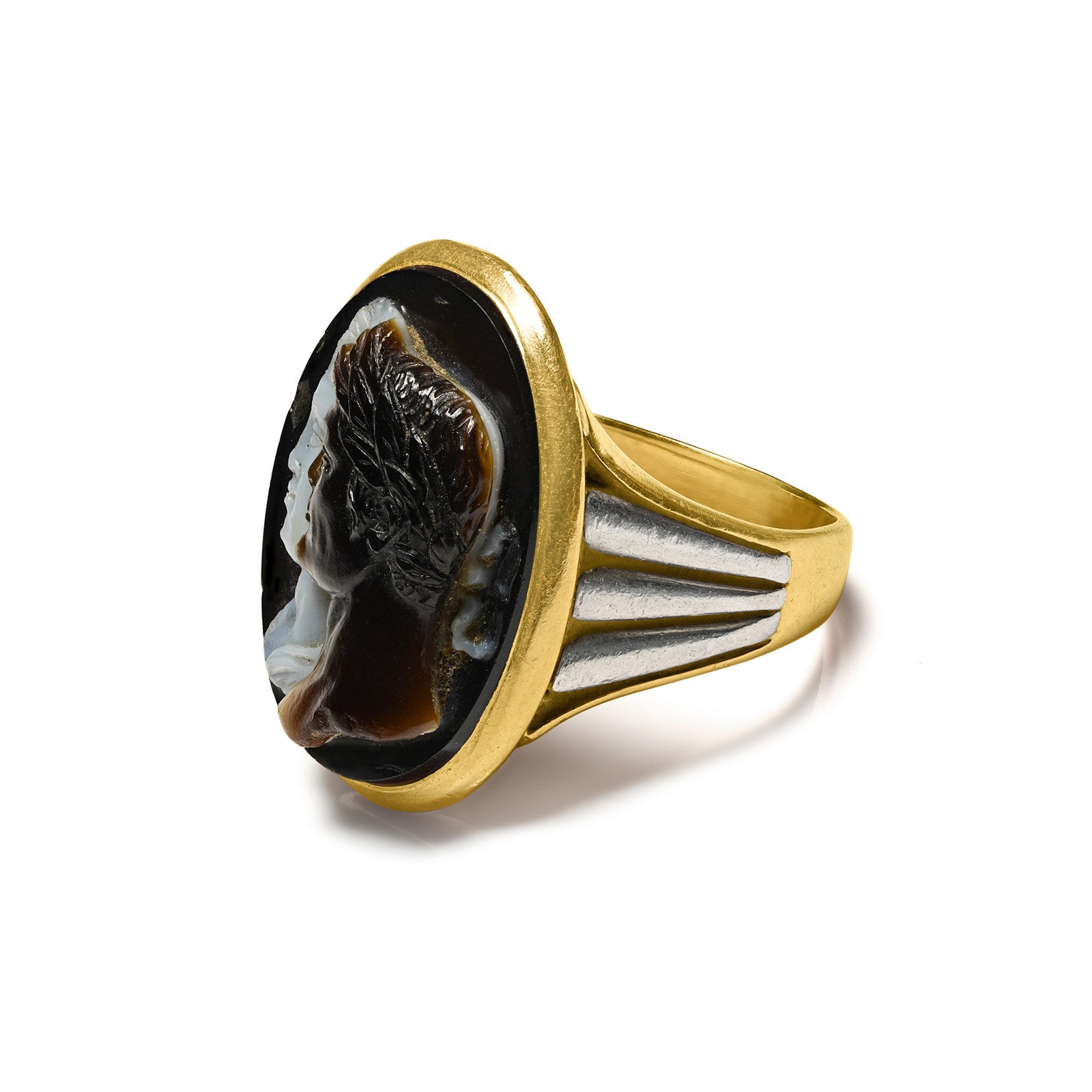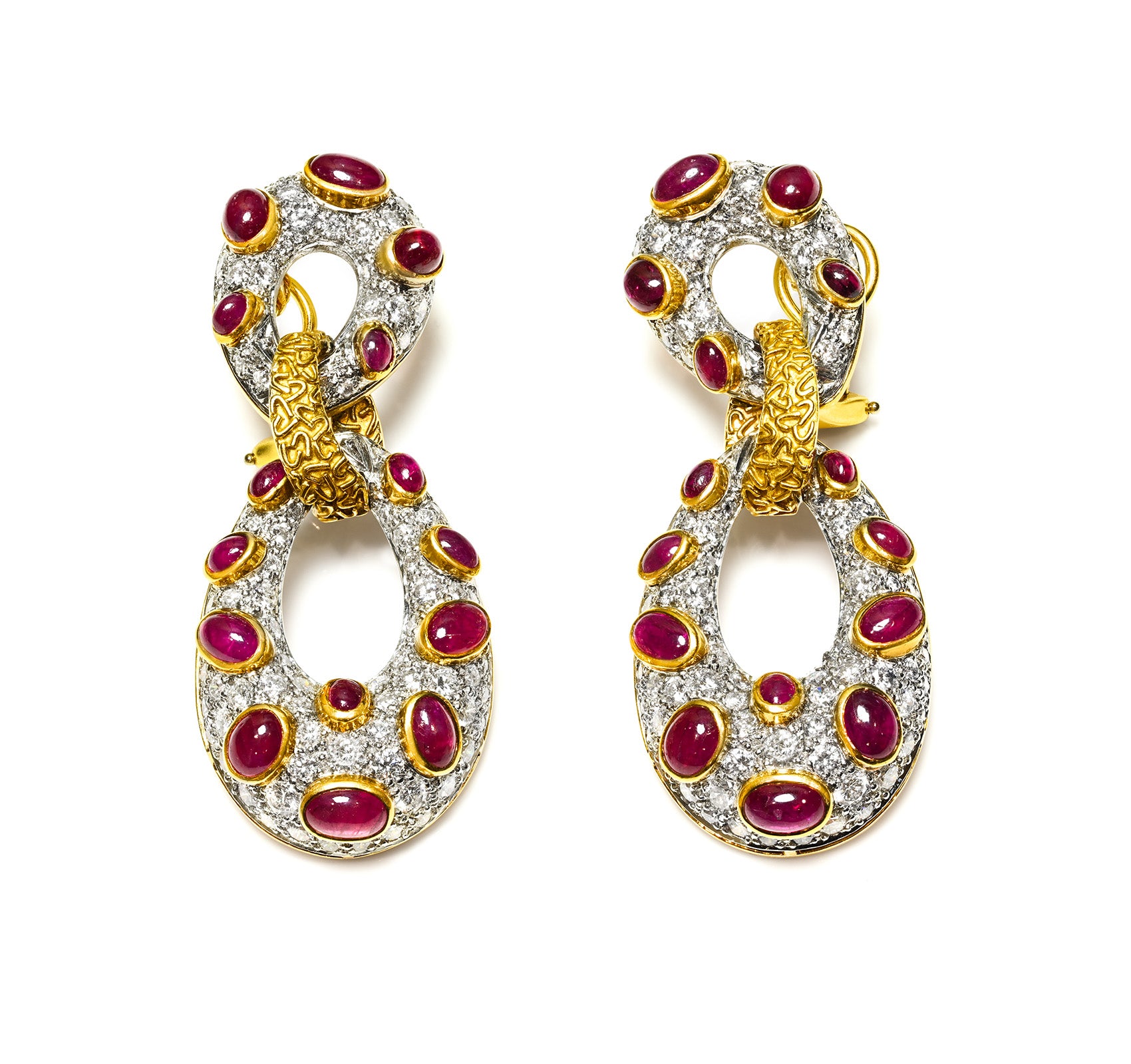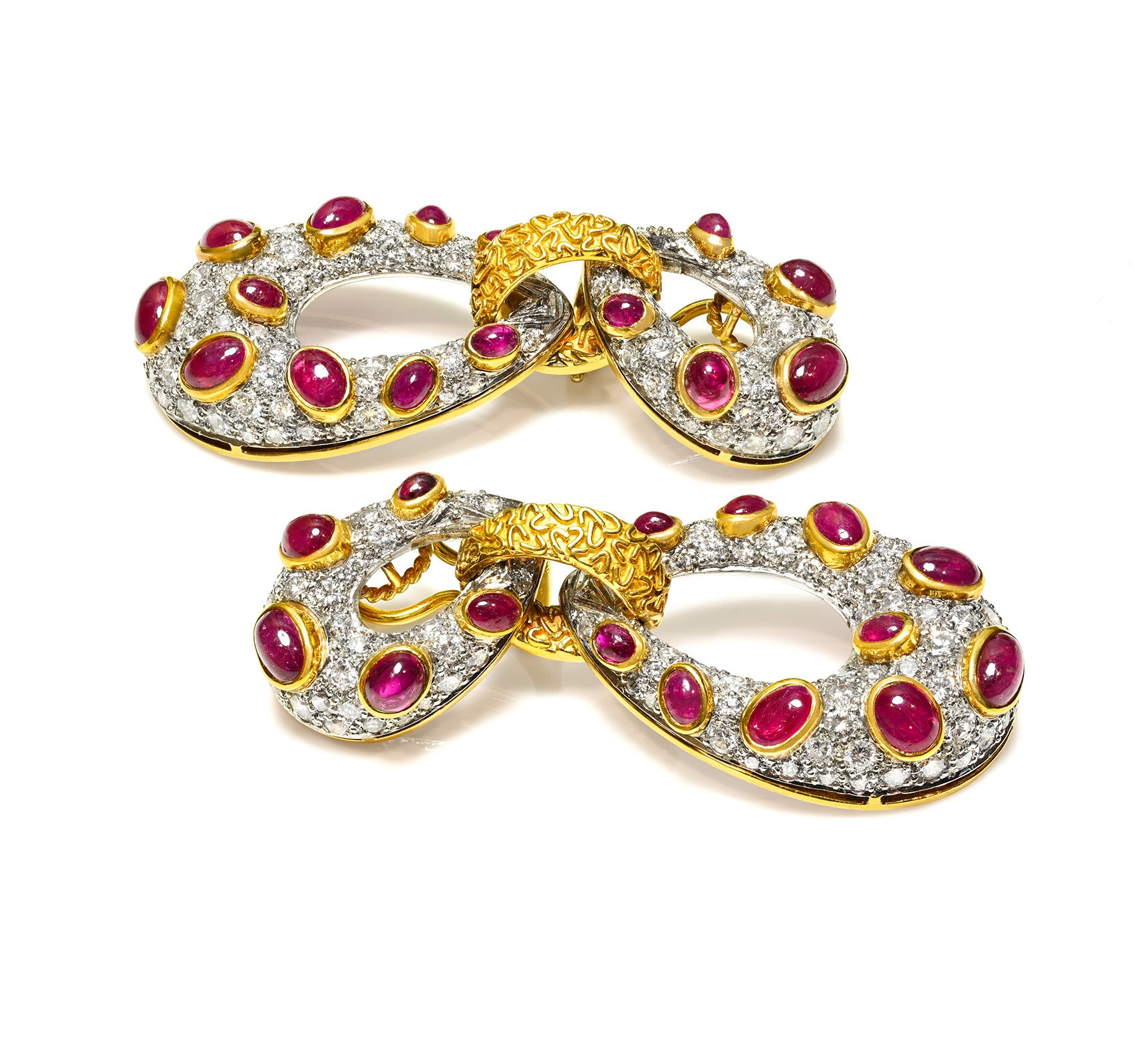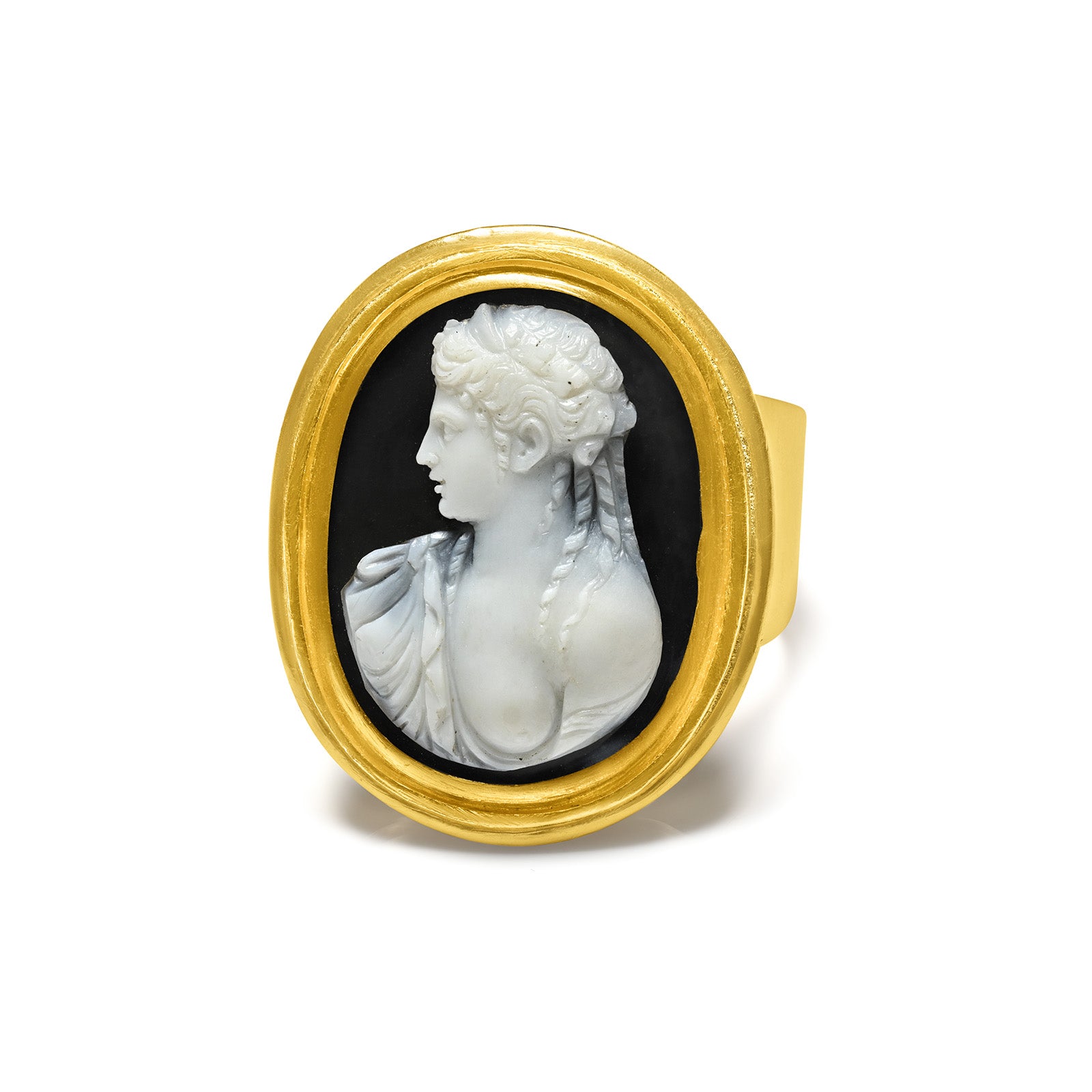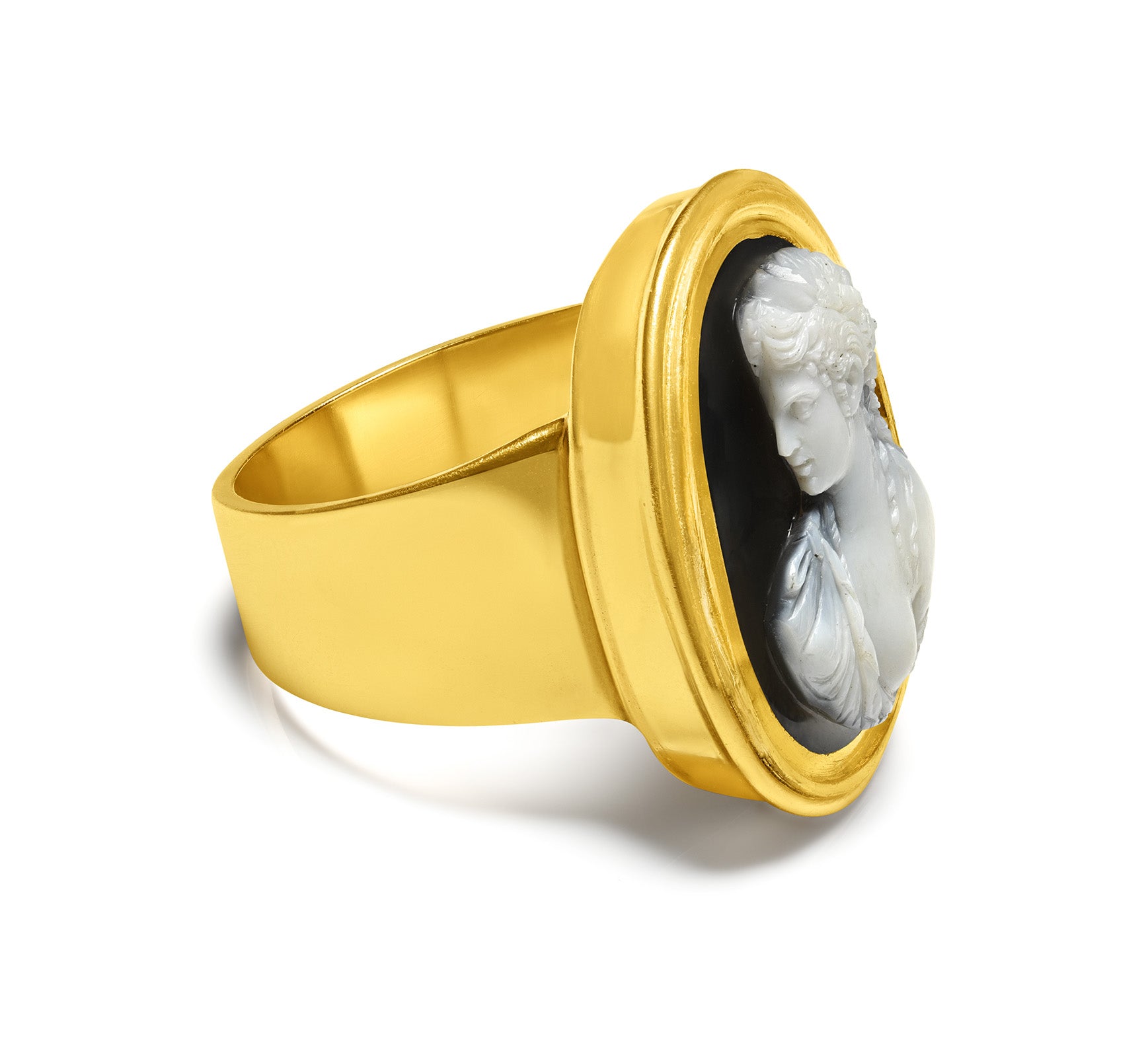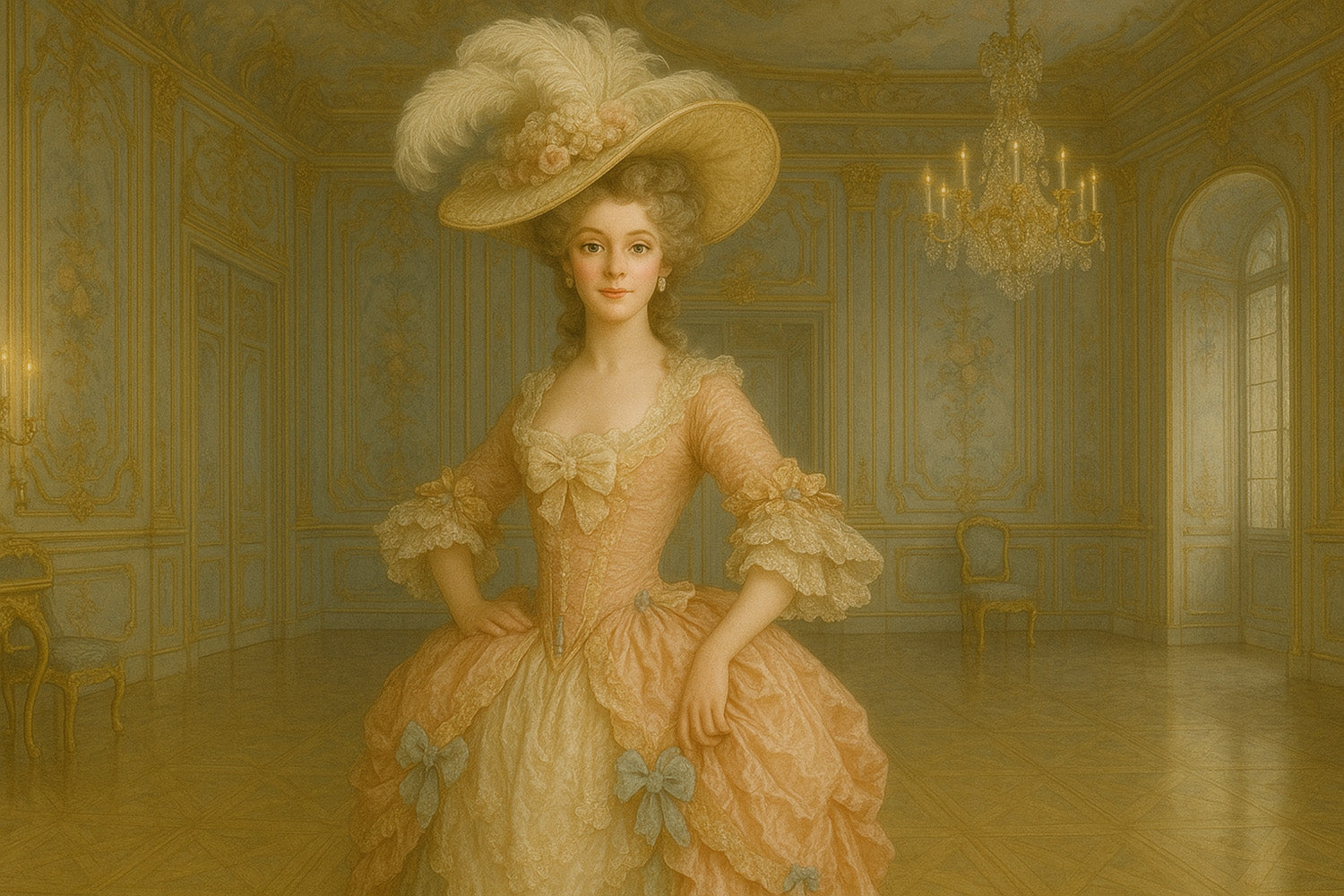
From Versailles to the Runway: Why Rococo Motifs Still Sell
A World of Extravagance
When we imagine the 18th century, it is impossible not to think of Versailles — gilded halls, mirrored salons, powdered wigs, and above all, the jewelry and fashion that defined an era of unrestrained elegance. Marie Antoinette, France’s most iconic queen, became the embodiment of this luxurious lifestyle. Her jewels, often adorned with pearls, enamel, and diamonds, reflected the Rococo spirit: light, fluid, and decorative, filled with scrolls, flowers, and arabesques.
Today, the fascination continues. The Victoria and Albert Museum’s latest exhibition dedicated to Marie Antoinette’s style proves that 18th-century motifs are far from forgotten. Audiences flock not only to see historic gowns and tiaras but to reconnect with the artistry that still inspires jewelers and fashion designers worldwide.

Rococo: The Art of Movement in Jewelry
Unlike the heavy Baroque style that preceded it, Rococo introduced softness and rhythm. Jewelry from this era often seems to move, even when still: gold curls like leaves in the wind, pearls dangle as though ready to sway, enamel portraits sparkle with lifelike presence.
Key motifs included:
-
Scrolls and Arabesques — asymmetrical patterns that gave jewelry a sense of fluidity.
-
Acanthus and Floral Sprays — natural forms rendered in gold, enamel, and gemstones.
-
Pearl Drops — symbols of purity and femininity, worn in earrings, necklaces, and hair ornaments.
-
Miniature Portraits — enamel or painted medallions framed in ornate gold, treasured as tokens of love.
This theatrical, romantic language of design mirrored the atmosphere of Versailles itself: dramatic, ornate, and filled with movement.
Why 18th-Century Motifs Still Captivate Us
The modern world may be dominated by minimalism, but moments of grandeur are still irresistible. Jewelry collectors, designers, and museum curators continue to turn back to Rococo and Neoclassical pieces because they offer:
-
Romantic Storytelling — every motif carries symbolic meaning, from roses for love to acanthus leaves for eternity.
-
Unparalleled Craftsmanship — hand-chased gold, enamel painting, and delicate pearl settings are achievements rarely matched today.
-
Cultural Connection — wearing or collecting an 18th-century jewel feels like holding history itself.
-
Fashion Relevance — from Dior to Gucci, modern designers repeatedly revisit Rococo curves, pastel palettes, and baroque excess in their collections.
Runway looks echo these jewels: ruffled gowns adorned with pearls, embroidery inspired by arabesques, and accessories resembling 18th-century chatelaines and hair ornaments.
DSF Antique Jewelry: Guardians of Rococo Elegance
At DSF Antique Jewelry, we curate museum-worthy treasures that bring this world to life for collectors today. Some highlights include:
-
Napoleonic Era 18K Gold Enamel Chatelaine (c.1810)
A masterpiece of chased gold and painted enamel miniatures, this jewel reflects both Rococo heritage and Neoclassical transition. Once functional, now it is a wearable piece of art that embodies 18th-century luxury. -
Victorian 18K Gold Pearl Drop Necklace
Although from a slightly later period, this necklace captures the Rococo spirit with its graceful pearl drops and ornate gold design. It illustrates how 18th-century aesthetics influenced jewelry for decades to come. -
Archaeological Revival Scarab Ring
A rarity where antiquity meets 18th-century revivalism. The expressive carving and unique symbolism resonate with collectors who value originality and cultural depth.
These pieces are not only jewels but fragments of history, linking us directly to the elegance of Versailles. Each has been carefully selected to reflect the artistry, symbolism, and craftsmanship that make antique jewelry an enduring passion.
Museums and Exhibitions: Keeping the Legacy Alive
Beyond private collections, museums across the world celebrate Rococo and 18th-century jewelry:
-
The V&A in London features Marie Antoinette’s personal jewels alongside Rococo decorative arts, offering a full cultural immersion.
-
The Louvre in Paris preserves regal tiaras, diamond necklaces, and portrait miniatures that once graced the French court.
-
The Metropolitan Museum of Art in New York presents 18th-century pieces in the context of European fashion history, showing how jewelry completed the aristocratic silhouette.
These exhibitions highlight the continued academic and cultural interest in this period — proof that Rococo jewels are not just fashionable but historically significant.
From Versailles to the Modern Runway
Designers today constantly mine the past for inspiration. Rococo’s ornate curves and decorative excess appear in:
-
Haute Couture — gowns dripping with pearls, embroidery resembling arabesques, or corsetry lined with gilded lace.
-
High Jewelry — maisons such as Cartier, Boucheron, and Van Cleef & Arpels often reinterpret floral sprays, scrolls, and drop motifs in their contemporary designs.
-
Pop Culture — from films like Marie Antoinette (2006) to today’s runway shows, Rococo opulence continues to resonate with a global audience.
This cyclical revival proves one truth: elegance rooted in history never disappears — it reinvents itself for every era.
Collectors’ Perspective: Why Invest in 18th-Century Jewelry
Beyond beauty, 18th-century jewels are highly desirable for collectors and investors:
-
Rarity — authentic Rococo pieces are scarce, making them museum-level acquisitions.
-
Value Retention — historic jewels often appreciate in value, especially when provenance or hallmarks are clear.
-
Conversation Pieces — each jewel carries a story, from courtly love tokens to revolutionary heirlooms.
-
Wearable Heritage — unlike many artifacts, jewelry is both collectible and wearable, allowing history to live on in daily life.
At DSF, we guide collectors who seek both artistry and investment value, ensuring that each acquisition is authenticated and significant.

The Enduring Spell of Rococo
The 18th century may be centuries behind us, yet its allure remains timeless. From museum exhibitions in London and Paris to couture catwalks and the collections at DSF Antique Jewelry, Rococo and Neoclassical motifs continue to enchant the modern world.
Jewelry is never just ornament — it is a bridge between past and present, carrying the spirit of Versailles into the future. Whether you are a collector, a lover of history, or simply someone captivated by beauty, 18th-century motifs prove that elegance, once discovered, never truly fades.
Explore DSF Antique Jewelry’s Treasures from the Past
